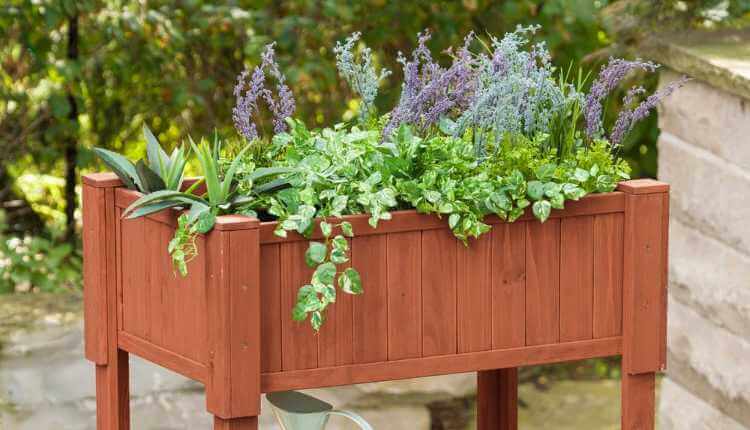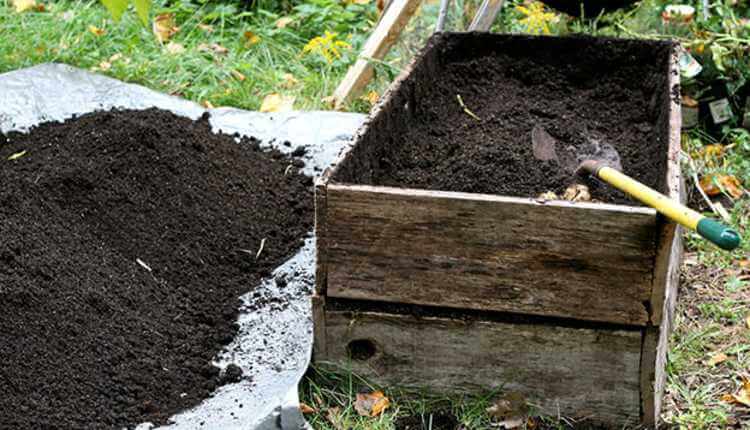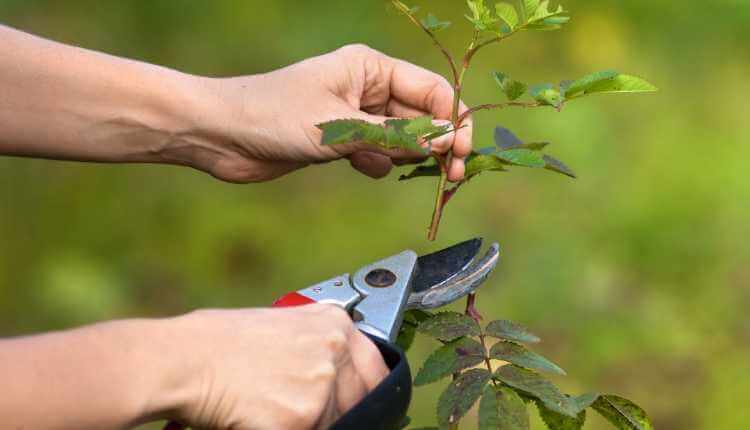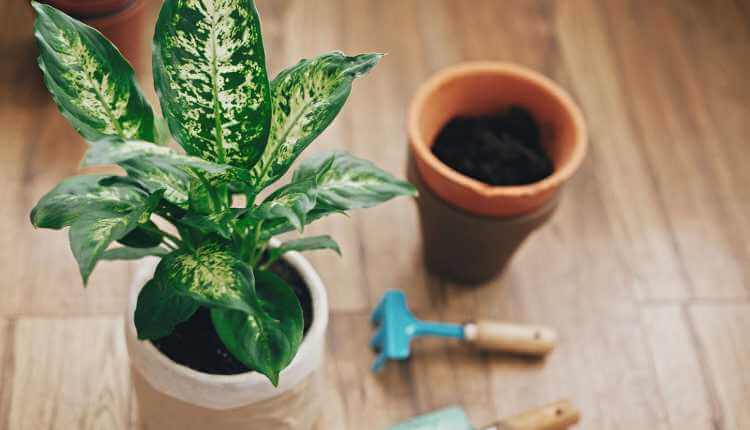The days with high temperature and hot winds are gone and the month of July has started we could expect to have heavy rains in most of the parts of India where the monsoons are considered to be very plant-friendly, but they bring numerous risks with it; this time is considered to be the best for repotting and propagation but with extra care and caution. The rainwater is beneficial for plants but not only in monsoons, but there is also perfect air circulation, humidity and cool winds which are just loved by the plants. So, if you are planning to have or already have a lawn, balcony or terrace garden you may follow these tips to protect and take care of your lawn and plants and make it bloom even more.
The 9 easy tips and ways to take care of plants and flowers during the monsoon season in India are:
1. The drainage system of planters:

Make sure that the drainage holes of the planter are not clogged. Also, remove the plant saucers and try to keep the planters on a stand as this would ensure that the access water is completely drained off from the planter which protects the roots from rotting and fungus attack. Also, if the water is clogged, it would attract insects, pests, worms and even snakes which can ultimately damage the plant. Clogging of water helps mosquitoes in breeding so by keeping the plant in a healthy condition and avoiding water clogging will help the plants and also the mosquitoes will not breed.
Also, 13 Plants that you can easily grow in your balcony and roof.
2. Soil mixture:

It is essential to use a well-draining soil mixture while planting or repotting. Mix coco-peat, sand and other soil minerals with the regular garden soil to make it well-draining.
You can also make use to the manure that goes wasted from the kitchen and plants its own leaves and remains.
3. Watering:

During the monsoon season, the presence of moisture in the atmosphere the water requirements of a plant are lesser as compared to the other seasons especially that the summers. So, water your plant only when the soil turns dry. Understand the water requirements of the plants as it differs from plant to plant. For instance, succulents require less water than other plants. Try using rainwater in place of tap water. Rainwater is beneficial for a plants growth as they carry micro-nutrients like copper, iron, zinc and magnesium.
4. Shading the plants:

Make sure that you keep your planter in a shed as during rains there is a risk of soil erosion which can expose the roots of the plants and wash away the minerals from the soil. Also, rainwater the natural nutrients of the soil may also wash off which may hamper the growth of the plant. You can keep the plants in a shed where there is proper light during the few hours of the sunlight. You may also use sheets specially made for plants which allow light and also rainwater as a sprinkler.
5. Fertilizer:

As natural nutrients generally wash off during this weather it becomes essential to provide plants with those nutrients from time to time to keep them healthy and blooming. You may use organic or chemical fertilizer. We would recommend using organic fertilizer as chemical fertilizers may harm the soil and the plant in the long run. You may either buy vermicompost, manure, seaweed or any other organic fertilizer or can make your own fertilizer from kitchen waste. You may directly put crushed eggshells and tea bags in the soil. Organic fertilizers will seep in with rainwater and will be quickly absorbed by the plants.
6. Pruning:

Pruning of plant helps in the development of new and healthy growth, and it helps the plants to grow faster. Also, after pruning there is some space for air circulation and sunlight for the whole plant. In the case of flowering the plants, it helps in the development of new buds. Pruning also protects from fungus attack because dead leaves and stems on plant or soil may rot.
There are different methods of pruning for various types of plant, these as follows:
- Flowering plants – Deadheading (cut off the heads of the stems for new buds)
- Shrubs- Hedging (cutting according to the shape required like oval, triangle etc)
- Grass- It starts growing long so it is chopped nearest to the land.
7. Pesticides and insect growth:

Soon after pruning new shoots will start appearing which attracts insects the most. The pesticides and insects can damage or eat all new shoots and saplings. Insects like slugs, ants and snails mostly appear at the time of monsoon and can damage the whole plant. Pesticides and insects also, take away the nutrients of the soil. Soon after pruning spray a pesticide to avoid insect attack and protect your plants from pest attack. We would recommend the use of an organic pesticide like Neem oil which is best and could be sprayed on each part of the plant and turmeric powder can be sprinkled on the top layer of soil to avoid fungus.
8. Earthworms:

As we all know earthworms are known to make the soil fertile where their presence is important in the garden and the field. In the monsoon, season earthworms multiply and are easily become visible in your garden where you can pick them and put them in separate pots or places. They help in making space in the soil for air and nutrients also, help in decomposing dead leaves and kitchen waste which converts into natural fertilizer for plants. Earthworms are considered to be the best friend of your plants.
9. Miscellaneous:

These are a few other tips that you may follow for even better growth of plants. If your plant is a soft stem or newly grown plant you may provide it with support by stick or wire so that during heavy winds the plant should not be damaged. You may add some extra soil in your pots so, that the water does not clog at the top of the pot. In case of lawn check for any pits nearby and fill them. Look for weeds in your garden and keep on removing them as they will just use the share of nutrients of your plants and hamper the growth of the plants.
Monsoons are considered to be the best time to plant new seeds, cuttings, bulbs and trees etc. The success rate of their root development and growth are very high due to favourable weather conditions in the monsoon season so, do try to plant a few new baby plants and extend your plant family; this the best time with the perfect conditions to experiment with new plants. Just keep in mind these few tips and go ahead, make your space more green and contribute your bit for the betterment for the environment. Extend your green family, make new green friends, take care of them and stay stress-free.


